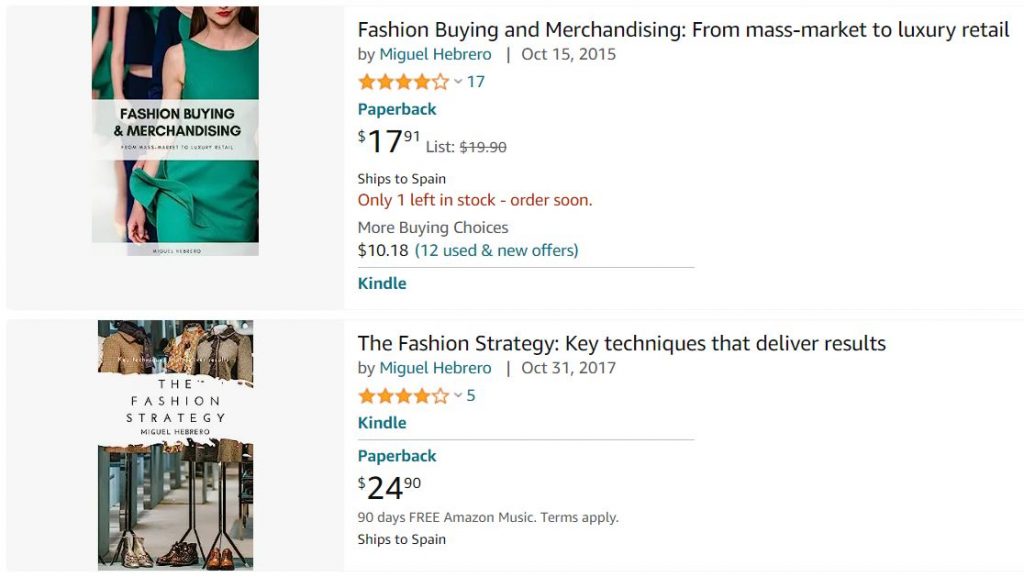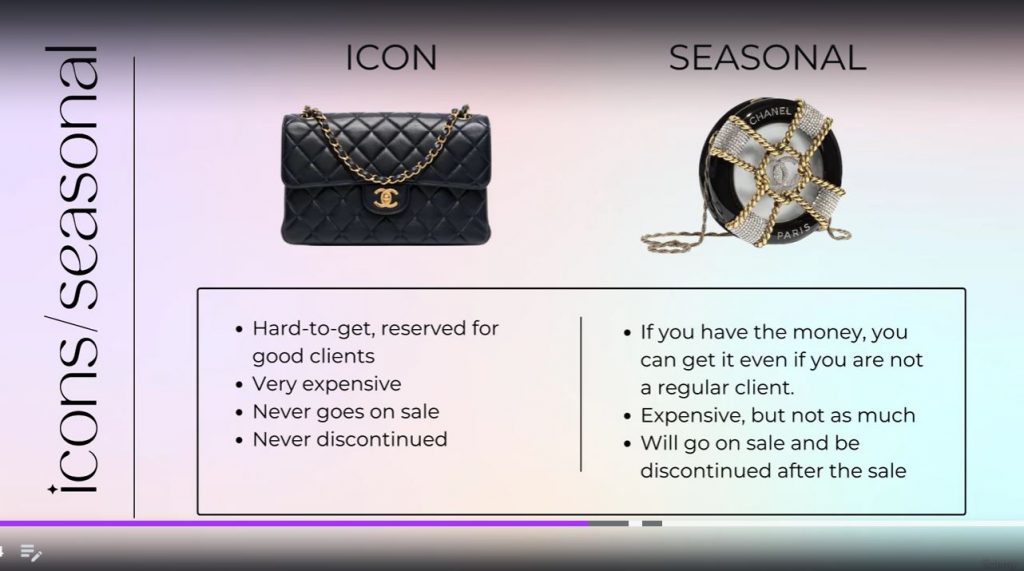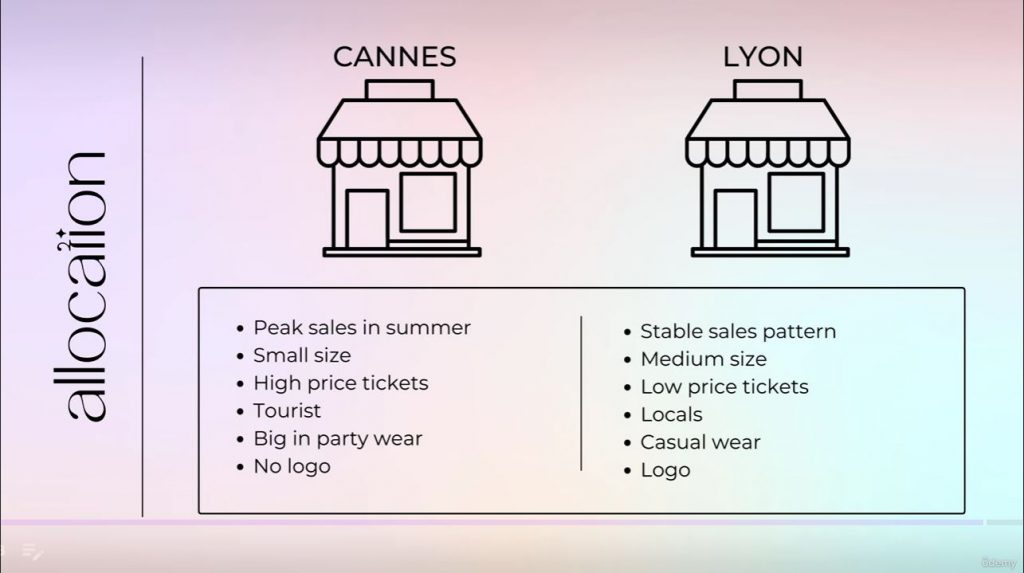In the bustling world of fashion, mastering the art of buying and merchandising can shape a promising career as a fashion buyer. With countless fashion buying books and fashion buying courses available, it can seem overwhelming to decide which avenue of learning will serve you best. Should you opt for a deep dive into a fashion buying and merchandising book or enroll in one of the myriad fashion buying and merchandising short courses available? Or does the optimum learning experience combine both approaches?
This article aims to dissect each of these learning avenues, shedding light on the pros and cons of each to guide you towards an informed decision.
The Power of Books: In-depth Knowledge at Your Fingertips
Books have served as a reservoir of knowledge for ages, and buying and merchandising books are no exception. A top recommendation for those venturing into the world of fashion buying is “Fashion Buying and Merchandising: From mass-market to luxury” by Miguel Hebrero.

This particular fashion buying and merchandising book offers readers an exhaustive overview of the fashion industry, right from mass-market fashion to the luxury sector. Offering an in-depth exploration of each sector, this book stands out among other fashion buying books. It serves as a perfect tool for aspiring fashion buyers seeking a detailed understanding of the industry, its key players, and its operations.
Furthermore, books offer flexibility for learners, allowing you to learn at your own pace, revisit critical points for better understanding, and use the material as a reference when required.
Embracing Online Courses: The Modern Path to Practical Learning
Transitioning to a more modern, interactive learning method, we delve into fashion buying courses online. These platforms offer a dynamic, engaging, and hands-on learning experience. An excellent example of this is the “Fashion Buying and Merchandising” course available on Udemy.



The unique value of fashion buyer online courses is their practical approach. They dive into real-world case studies, host discussions with industry experts, and provide practical exercises, creating a hands-on learning environment that a book alone can’t offer.
The Udemy fashion buying and merchandising online course stands out due to its comprehensive curriculum, covering everything from trend identification to supplier negotiation. The course also offers an opportunity for interaction with peers and instructors, facilitating a collaborative and enriching learning experience.
The Ideal Choice: Books, Online Courses, or Both?
The choice between fashion buying and merchandising books and fashion buying courses online largely depends on your learning preferences and goals. If you enjoy learning at your own pace and having a tangible resource at your disposal, then a book might be your best bet.
Conversely, if you prefer a structured, interactive, and hands-on learning experience, an online course might be more suited to your liking.
However, the most enriching learning experience might come from combining both methods. Supplementing the theoretical knowledge gleaned from books with the practical insights offered by online courses can lead to a more holistic understanding of fashion buying and merchandising.



Conclusion
Ultimately, whether you choose to learn from fashion buying books, enrol in fashion buying and merchandising short courses, or utilise both, remember that continuous learning and adaptation are crucial in the ever-changing fashion world.
The Profession of Fashion Buying: An In-Depth Look
Fashion buying and merchandising is a fascinating field that combines creativity, business acumen, and a keen understanding of consumer behavior. It’s a profession that’s often misunderstood, so let’s delve into what it really entails, the career progression of fashion buyers, the top companies to work for, and the average salaries at different levels.
What is Fashion Buying & Merchandising?
Fashion buying and merchandising is a critical function in the fashion industry that involves selecting and purchasing fashion items that will be sold in retail stores. It’s a role that requires a deep understanding of fashion trends, consumer demand, and market dynamics.
Fashion buyers are responsible for making decisions about what products a store or a brand will sell. They travel to fashion shows and meet with designers and suppliers to view new items, assess their potential for sales, and negotiate prices and delivery times. They must balance the creative aspects of fashion with the practicalities of business, making decisions that will drive profit while also appealing to the store’s target customers.
Merchandising, on the other hand, involves promoting these products in a way that stimulates sales. This can include visual merchandising (how products are displayed in a store), creating promotional materials, and deciding which items will be put on sale and when.
Career Progression of a Fashion Buyer
The career progression of a fashion buyer often starts with an entry-level position such as a buying assistant or junior buyer. In these roles, individuals learn the ropes of the industry, assisting senior buyers and gaining valuable experience in trend analysis, supplier relations, and negotiation.
As they gain experience and demonstrate their ability to make profitable buying decisions, they may progress to a buyer or senior buyer role. In these positions, they have more responsibility and autonomy, making key decisions about the store’s product range.
From there, fashion buyers can move into management roles, such as buying manager or head of buying. These roles involve overseeing a team of buyers and making strategic decisions about the store’s overall buying strategy.
Top Companies to Work for as a Fashion Buyer
There are many companies around the world where fashion buyers can thrive. Some of the top companies include:
- LVMH: The world’s largest luxury goods company, LVMH owns brands like Louis Vuitton, Dior, and Fendi. Working as a buyer for LVMH means being at the forefront of luxury fashion.
- Zara: Known for its fast-fashion model, Zara is a great place for buyers who thrive in a fast-paced environment.
- Nordstrom: This American retailer is known for its high-quality customer service and diverse range of products, providing a rich experience for fashion buyers.
- ASOS: As one of the world’s leading online fashion retailers, ASOS offers opportunities to work with a wide range of brands and to engage with e-commerce trends.
- Net-a-Porter: This online luxury fashion retailer offers opportunities to work with high-end designers and to engage with the growing market for online luxury sales.
Average Salaries for Fashion Buyers
The salary of a fashion buyer can vary greatly depending on the level of responsibility, the size of the company, and the location.
- Entry-Level Positions (Buying Assistant, Junior Buyer): In the United States, these roles typically start around $40,000 to $60,000 per year.
- Mid-Level Positions (Buyer, Senior Buyer): With more experience and responsibility, salaries can range from $70,000 to $100,000 per year.
- Senior Positions (Buying Manager, Head of Buying): In these high-level roles, salaries can range from $120,000 to $200,000
It’s always a good idea to research salaries on platforms like Glassdoor, Payscale, and Indeed for the most accurate and up-to-date information.
In conclusion, the profession of fashion buying and merchandising is a dynamic and exciting field that offers a unique blend of creativity and business. It offers a clear career progression, opportunities to work with leading companies in the industry, and competitive salaries. Whether you’re a fashion enthusiast or a business-minded individual, this profession offers a rewarding career path.
Getting Started as a Buyer in the Fashion Industry
If you’re interested in becoming a fashion buyer, there are several steps you can take to prepare for this exciting career. From gaining a solid understanding of the fashion industry to developing your analytical skills, here are some ways to get started.
Education and Experience
Most fashion buyers have a bachelor’s degree in a related field such as fashion merchandising, business, or marketing. This provides a solid foundation in the principles of fashion, business, and consumer behavior.
In addition to formal education, gaining experience in the fashion industry is crucial. This could be through internships, part-time jobs, or even volunteering at fashion events. Any experience that helps you understand how the industry works, from design and production to sales and marketing, will be beneficial.
Networking
Finally, networking is a crucial part of breaking into the fashion industry. Attend industry events, join professional organizations, and connect with professionals on LinkedIn. The more people you know in the industry, the more opportunities you’ll have to learn and grow.
In conclusion, becoming a fashion buyer requires a mix of education, experience, and a passion for fashion. By taking the time to learn about the industry, develop your skills, and connect with others in the field, you’ll be well on your way to a successful career in fashion buying.
